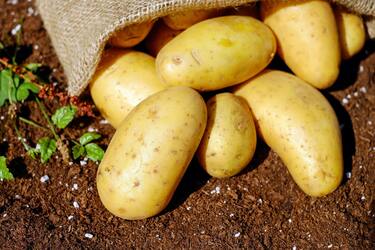Crop rotation features: what plants to avoid after potatoes

Crop rotation in the garden is crucial for maintaining soil fertility and maximizing yields. After planting potatoes in one bed, it is important to change the crop. UAportal has prepared recommendations for crop rotation in your garden to ensure a bountiful harvest.
Crop rotation is important for getting healthy and fruitful crops in the garden. Planting potatoes in the same area for more than one year can damage not only the potatoes, but also the soil fertility.
Avoid planting tomatoes, eggplants, hot and bell peppers, strawberries, and wild strawberries after potatoes. These plants are susceptible to the same pathogens and pests as potatoes, including late blight and the Colorado potato beetle.
However, it is important to fill the empty space with other crops. Legumes, such as beans, help restore the soil's mineral balance by accumulating nitrogen in their roots and also prevent the emergence of pests.
Cruciferous vegetables such as radishes, turnips, and horseradish can be planted after potatoes. Horseradish grows quickly, so you should be aware of its ability to spread. Before planting cabbage, sow clover to replenish the supply of essential micro and macro elements.
Pumpkin crops, such as zucchini and squash, grow well after potatoes, while cucumbers and pumpkins are not recommended for planting after them. Cereal plants such as rye and oats can be planted as green manure before winter frosts. By the time spring arrives, these crops will enrich the soil with valuable nutrients.
If you want to get the latest news about the war and events in Ukraine, subscribe to our Telegram channel!
